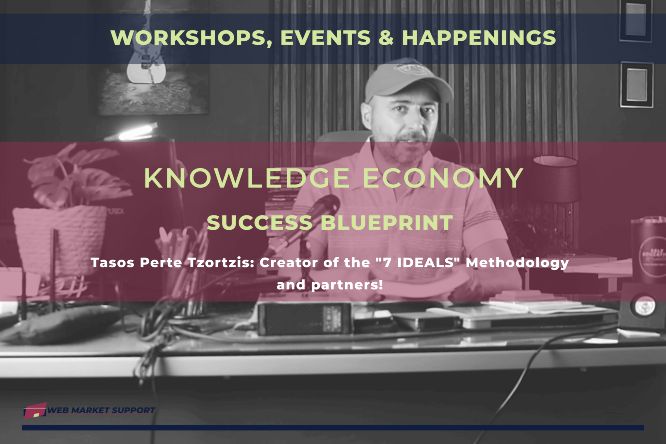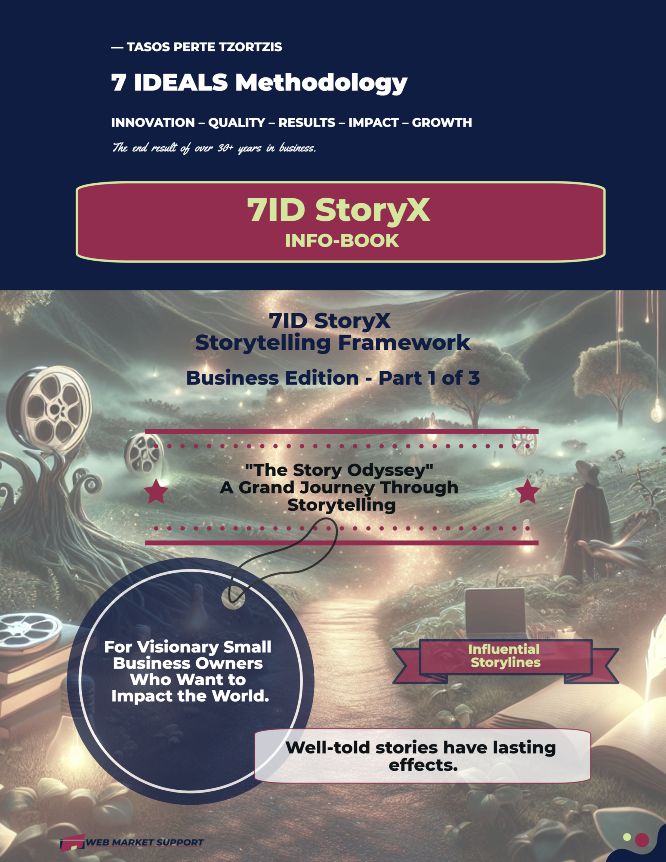Engaging your customers on social media is a tricky task that needs a lot of creativity, consistency, and patience to make it finally work.
Brand storytelling is one of the approaches for driving social media engagement. Being one of the most challenging digital marketing approaches, it still promises a skyrocketing ROI when used right.
In this article, we will uncover some tactics that will help you boost your social media engagement with the help of brand storytelling.
Engaging Customers On Social Media With Brand Storytelling

Illustration by vectorjuice/Freepik
The Value of Brand Storytelling
Why do you have to tell a story? Why do you have to share it via social media? The second question is easier to answer – using social media for brand storytelling allows for making an instant connection between you and your users, and reaching out to them with the help of a popular and trendy social platform.
But when it comes to the value of storytelling as a marketing approach, you should know that it goes beyond advertising. This is a way to connect to your users on the emotional level, better convey your mission and values, show your transparency, boost your brand awareness and strengthen your users’ loyalty.
Here are some tips to combine the power of brand storytelling and social media into a holistic strategy.
#1 Create Real-Life Videos
Want to tell your brand story in one of the most effective ways? Here’s a killer combo of three trending elements. Yes, you guessed it right – it’s social media, video content, and the story itself, of course. Combined in one bottle, these ingredients create a recipe for high user engagement.
Just for your information:
- There are 4,2 billion social media users in the world in 2021.
- Video traffic is expected to reach 82% of all internet traffic.
- 55% of brand story readers or viewers are likely to buy from the company.
The simplest example of this tactic is the stories of your customers. At the same time, it is also a way to share their feedback, create custom content (if your users create it themselves), and get additional social proof.
This is just the simplest example, but how many significant benefits it provides!
#2 Come Up with a Serialized Story
Serialized stories work great in marketing. They work pretty well on social media too, so consider creating a story like this for your brand. What is the value of this approach?
The main value is that you don’t tell everything at once. You hold a certain intrigue and arouse interest, engaging subscribers more and more. This is the way to create involving content since your followers will be waiting for the next episode and ending, and you will get good engagement rates during this time.
What’s more, creating a serialized story takes much less time than creating most other types of branded content. Of course, you need to think about the structure of the story ahead of time and engage your readers gradually.
The simplest example is the story of your brand creation and development. Tell the truth about it, but add color, recognizable characters, and emotions. With this approach, you can use photographs of your first office, the first team.
Combine them into one video series, add a transition effect from one photo to another. Pay attention to the quality of the photo, if necessary, edit the photo for storytelling.
#3 Ask Your Customers to Share Their Opinion
All people love to feel their worth and importance. They’ve already made time for your brand and your story, which means it’s time for them to feel how important they are to your company. The easiest way to do this is to ask them to share their opinion in the comments.
The sense of self-worth that comes with your followers will make them come back to your brand and the content you create. And the discussion in the comments to your social media post is a clear sign of the engagement and relevance of the content to the requests of the target audience.
#4 Be Consistent
When telling a brand story, it is very important to stay consistent and follow your brand style guide, and especially the tone of your voice. It shouldn’t change as it is one of the elements that allow your brand to be recognizable and distinguishable from competitors. It’s also about making an emotional connection with your readers or viewers.
Also, make sure that each of your stories you tell on social media is compliant with your values. Your values are another way to create a strong connection between your brand and your target audience, and your story is another way to show and manifest them. In the avalanche of social media noise, this is especially important.
Your followers should be sure that you stand for your values, and you are consistent about them as well.
#5 Don’t Use Stories for Selling
Here’s another great tip on how to make your branded stories work on social media. Don’t use stories for sales and advertising.
These are advertising tools, however, they are aimed at a deeper impact on the user. This is the impact through the establishment of emotional contact, a subconscious connection, sharing problems and pain points, and recognizing oneself in a similar situation.
An attempt to sell your product or service using a story will look at least weird since the purpose of storytelling is to allow the user to try on the heroes’ shoes and make a decision on their own. Plus, storytelling can be used at different stages of the sales funnel but mostly they are used at the stage of repeated purchases to promote
loyalty and build long-term relations. Thus, the users which are engaged with your stories on social media already know your value proposition so selling tactics will be out of place.
Conclusion
Branded stories and social media is quite a powerful combination. However, you have to be quite creative to create truly engaging stories, matching them with the values of your brand and with the ones of your users.
You should also be well aware of the best social media marketing practices that drive user engagement. We kindly suggest getting started with creating storytelling videos since this type of content is more involving, better sharable, and capable of causing a strong emotional
response.

Diana Adjadj
Journalist, Freelance Writer, Editor
Diana is a journalist, freelance writer, and editor at Adsy, a guest post service. She has worked for many major publications, but she also ambitiously pursues challenging freelance projects. Her love for traveling motivates her to explore the world. Diana wants to inspire people to follow their dreams by sharing her experiences online.

















0 Comments